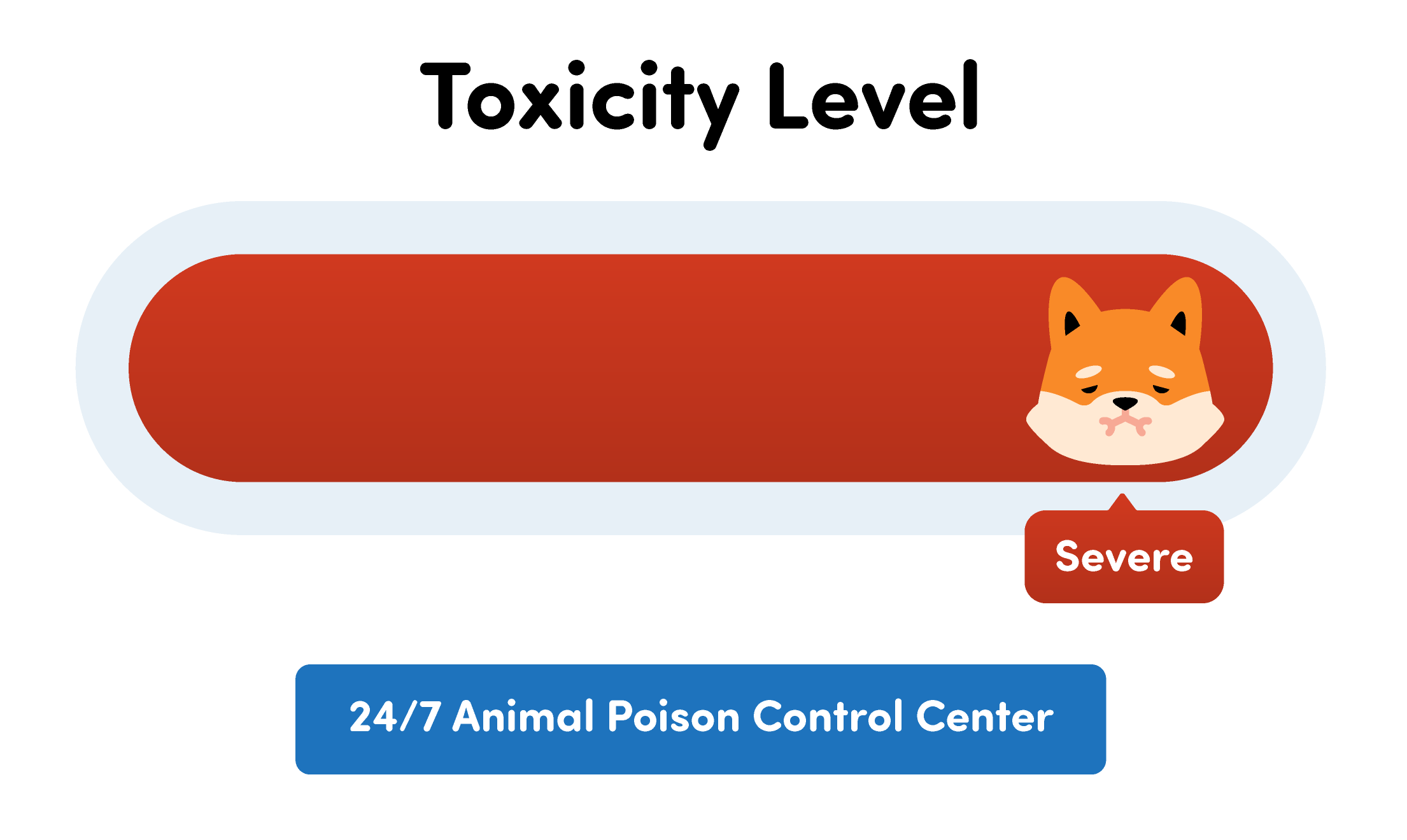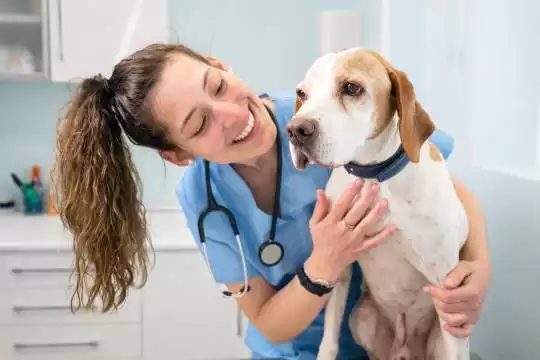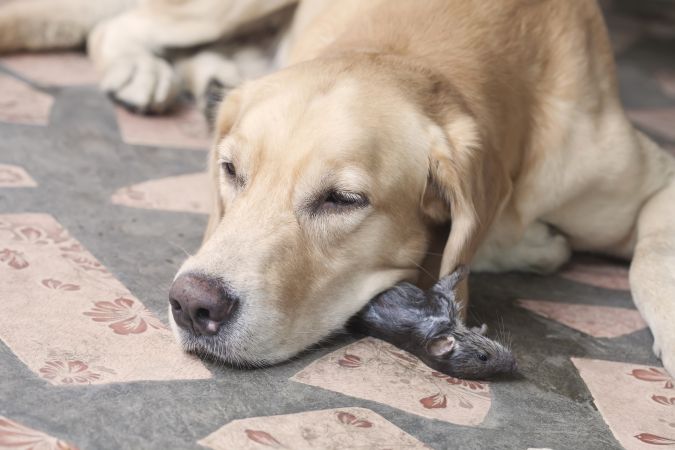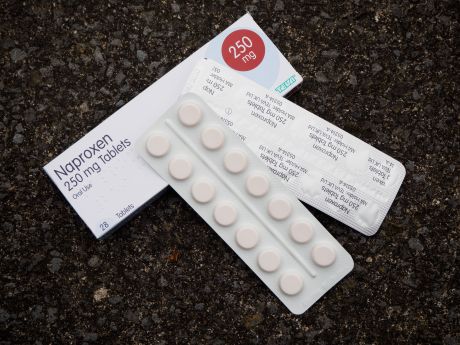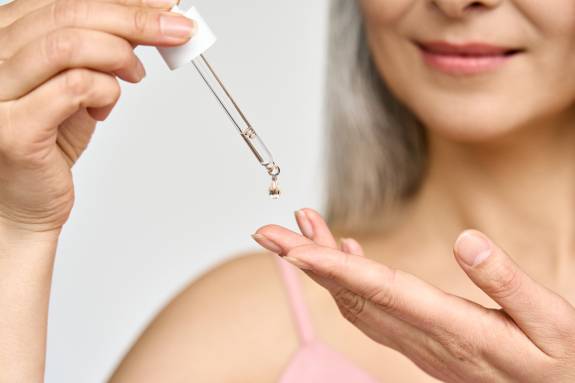Kalanchoes are very popular houseplants. Who can resist these pretty, happy-looking flowering plants? You can’t help but smile when you see one! One plant can be covered with literally hundreds of flowers, in a wide variety of colors. Plus, the plant’s scalloped green leaves are also pretty. The entire presentation is bright and happy!
Connect with a verified veterinarian in minutes. Licensed vets are available 24/7 to answer your questions. No need to worry about your furry family member.
However, what happens if your dog eats part of a Kalanchoe plant?
What is a Kalanchoe?
Kalanchoes are succulent houseplants that have long-lasting flowers. They’re easy to care and very pretty. It’s also quite easy to get them to bloom again.
This plant also goes by some other names including Devil’s Backbone, Mother of Millions, and the Chandelier plant. These plants belong to a group of plants that contain cardiac toxins, which are called bufadienolides and cardenolides. These substances act in very similar way as digitalis and are present in all parts of the plant.
However, the flowers are even more toxic. This is because they contain the highest level of cardiac toxins.
Kalanchoe Poisoning in Dogs
Kalanchoes are very toxic to dogs, no matter which part of the plant they eat. You may notice these symptoms if your dog has eaten some Kalanchoe:
- Abnormal heart rate
- Cardia arrhythmias
- Collapse
- Death
- Decreased heart rate
- Depress
- Diarrhea
- Dilated pupils
- Drooling excessively
- Increased heart rate
- Lethargy
- Loss of appetite
- Nausea
- Seizures
- Tremors
- Vomiting
- Weakness
If you know for sure or suspect that your dog has eaten some Kalanchoe, then call the vet immediately. This is a life-threatening medical emergency.
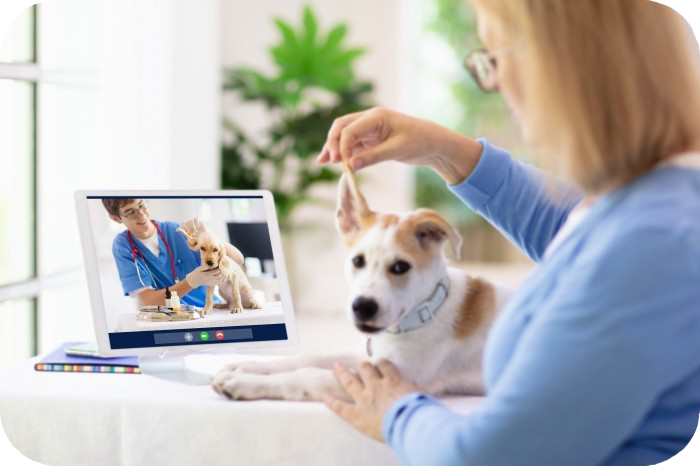
Review symptoms, medications & behavior to keep your pets healthy with a Vet Online in just minutes.
Ask a Vet Live NowTreatment of Kalanchoe Poisoning in Dogs
You’ll need to let the vet know about how much your dog has eaten, and how long ago this happened. The vet will also ask about the symptoms your dog is experiencing. If possible, take part of the plant in with you to the vet.
The vet will perform a physical exam and will run lab tests to see how the toxin is affecting your dog’s organs. The vet may also want an MRI or a CT scan to check for internal damage.
The vet may treat your dog with activated charcoal to bind the toxins and keep them from being absorbed. Gastric lavage may also be used to clear the toxins from your dog’s stomach. Additional treatment will depend on your dog’s symptoms.
With prompt medical care, your dog has a very good chance of a full recovery. After this experience, it’s probably a good idea to avoid having Kalanchoes where your dog can get at them. These are really very dangerous plants for dogs.
Connect with a verified veterinarian in minutes. Licensed vets are available 24/7 to answer your questions. No need to worry about your furry family member.

Kyoko
Kyoko is from a family of 3 and moved to New York with her parents and siblings when she was 13. Kyoko is fond of spending a great amount of time with pets, specifically her beagle Luna and cat Missy. Her boyfriend often complains that she spends too much time giving attention to their animals. Kyoko has written dozens of articles concerning pets and is aiming at owning a pet shop one day!
Review symptoms, medications & behavior to keep your pets healthy with a Vet Online in just minutes.
Ask a Vet Live Now
